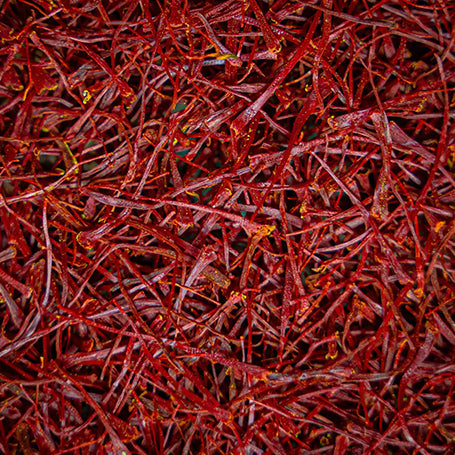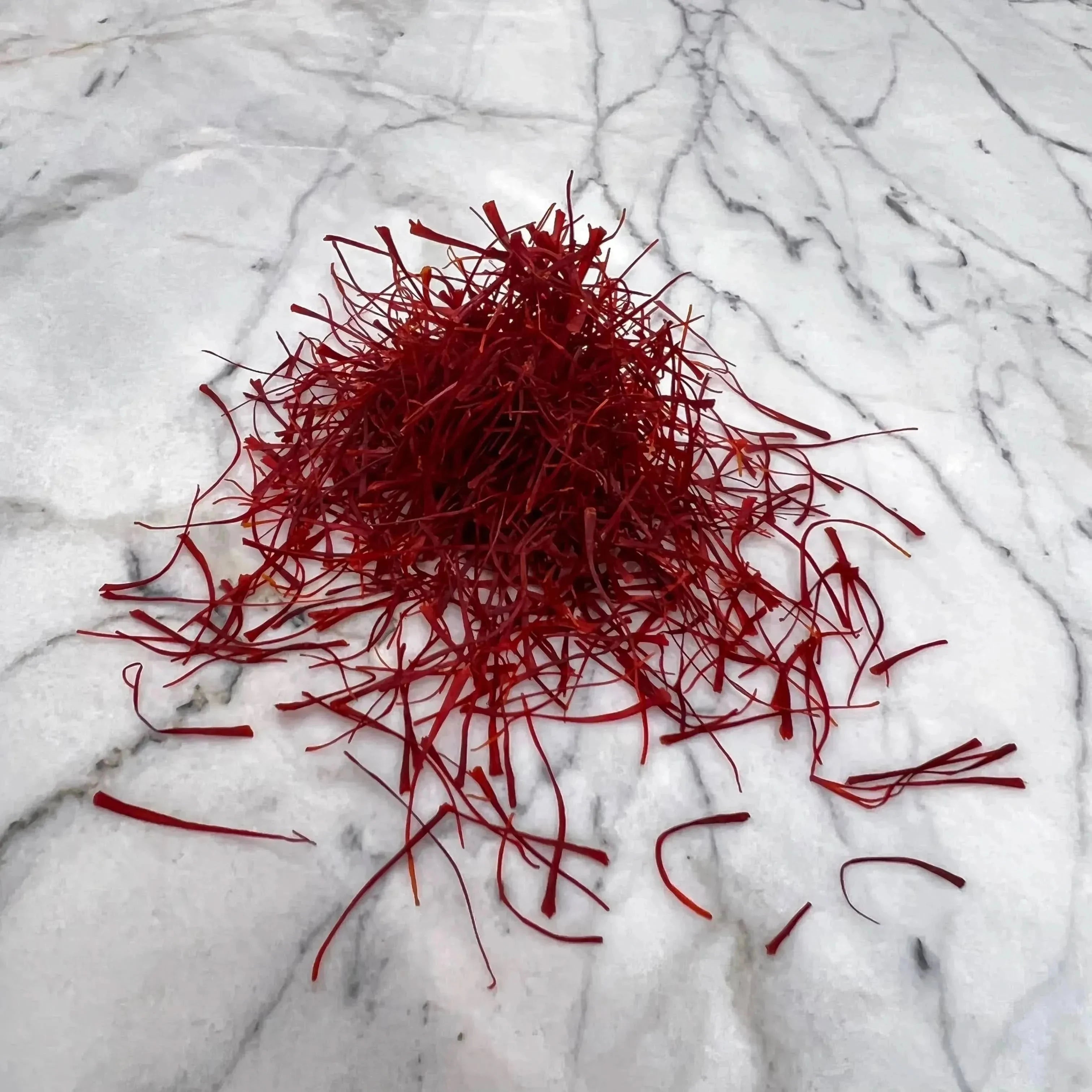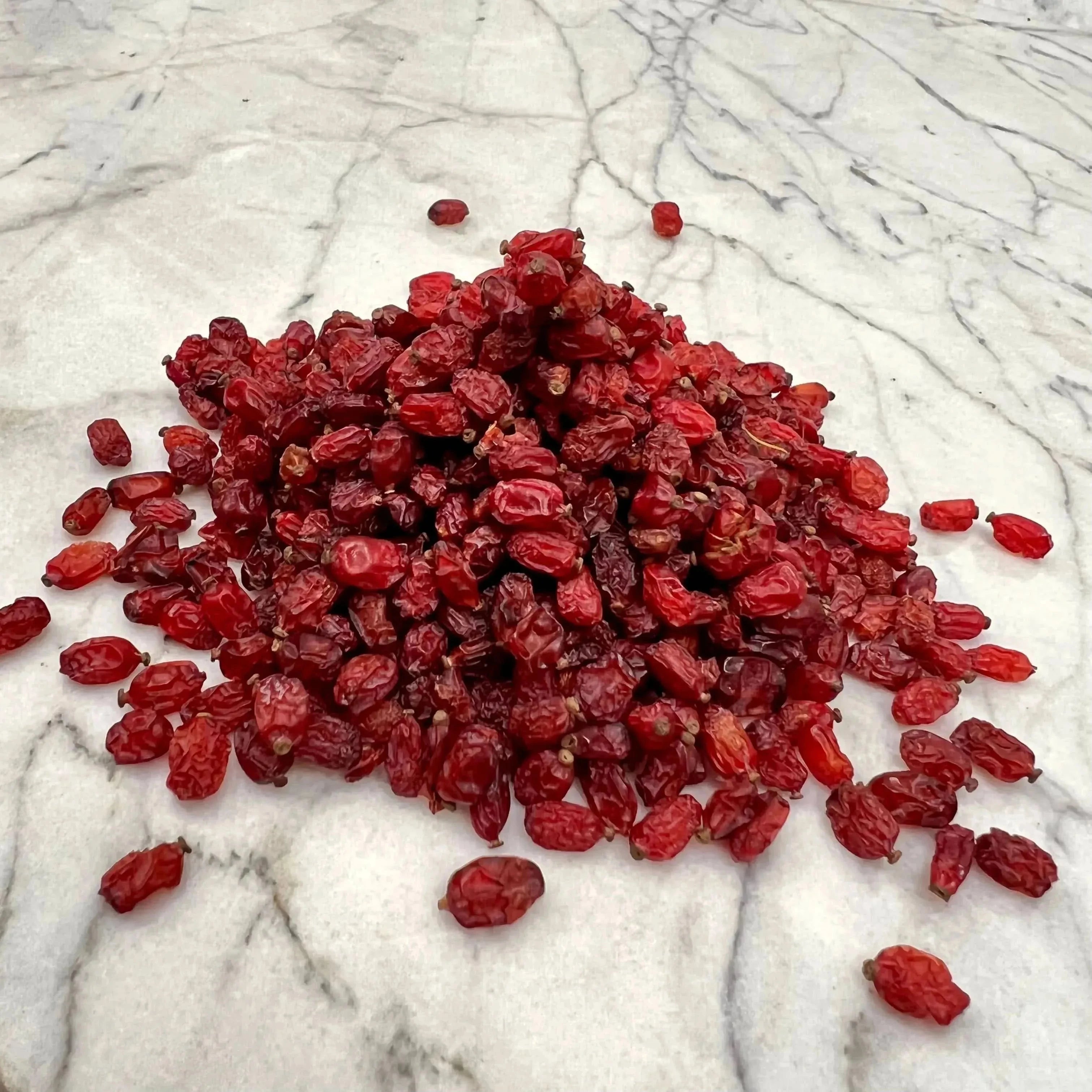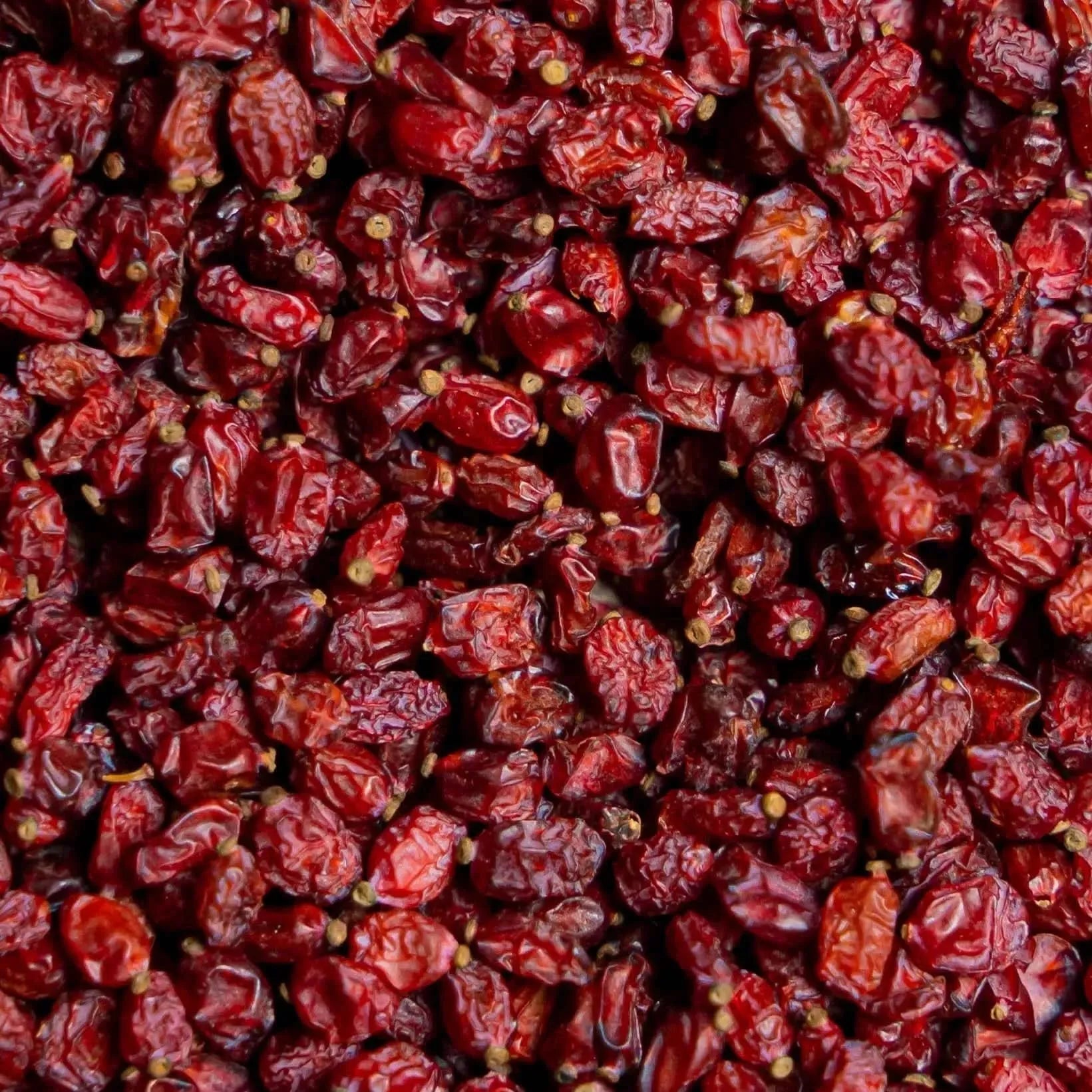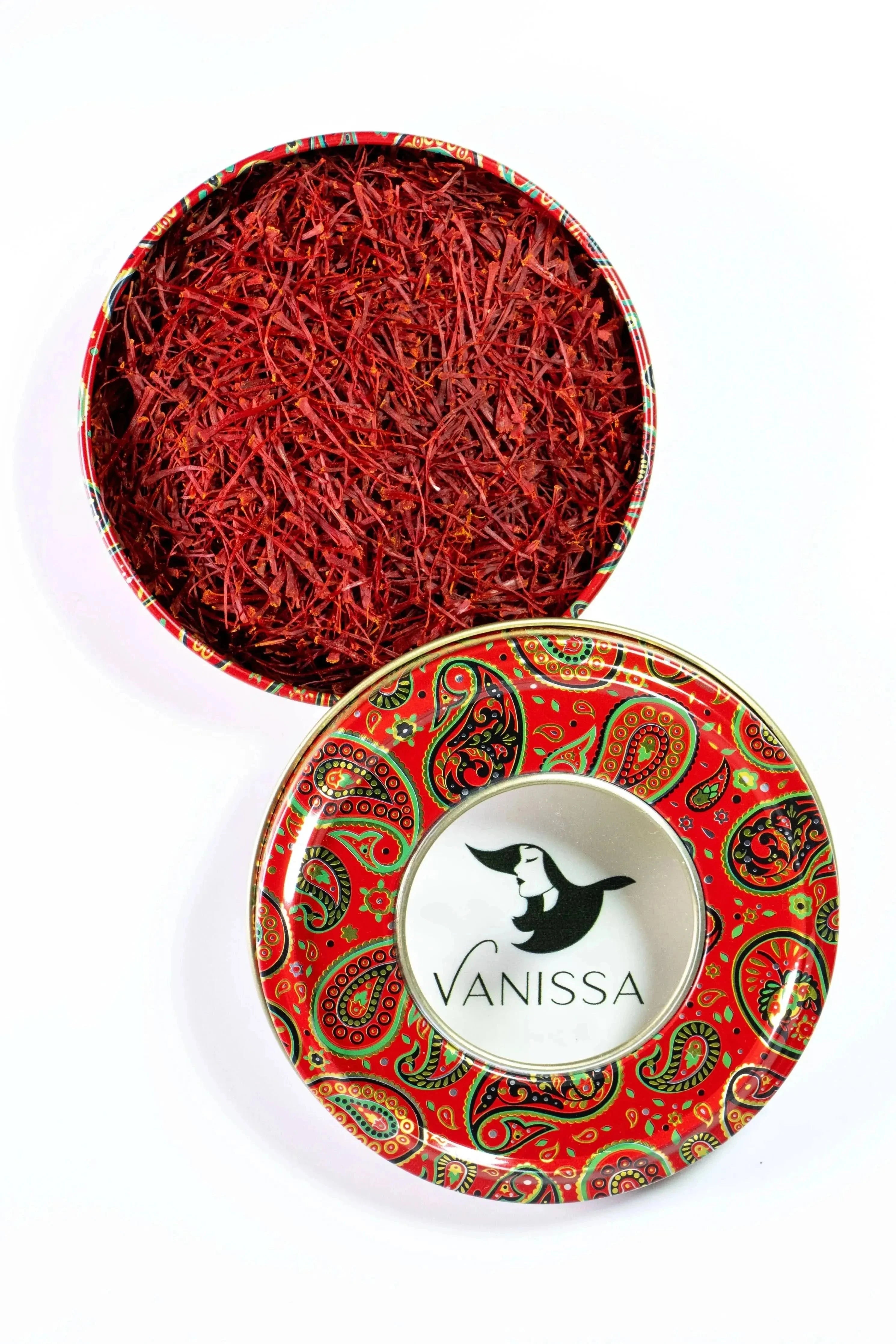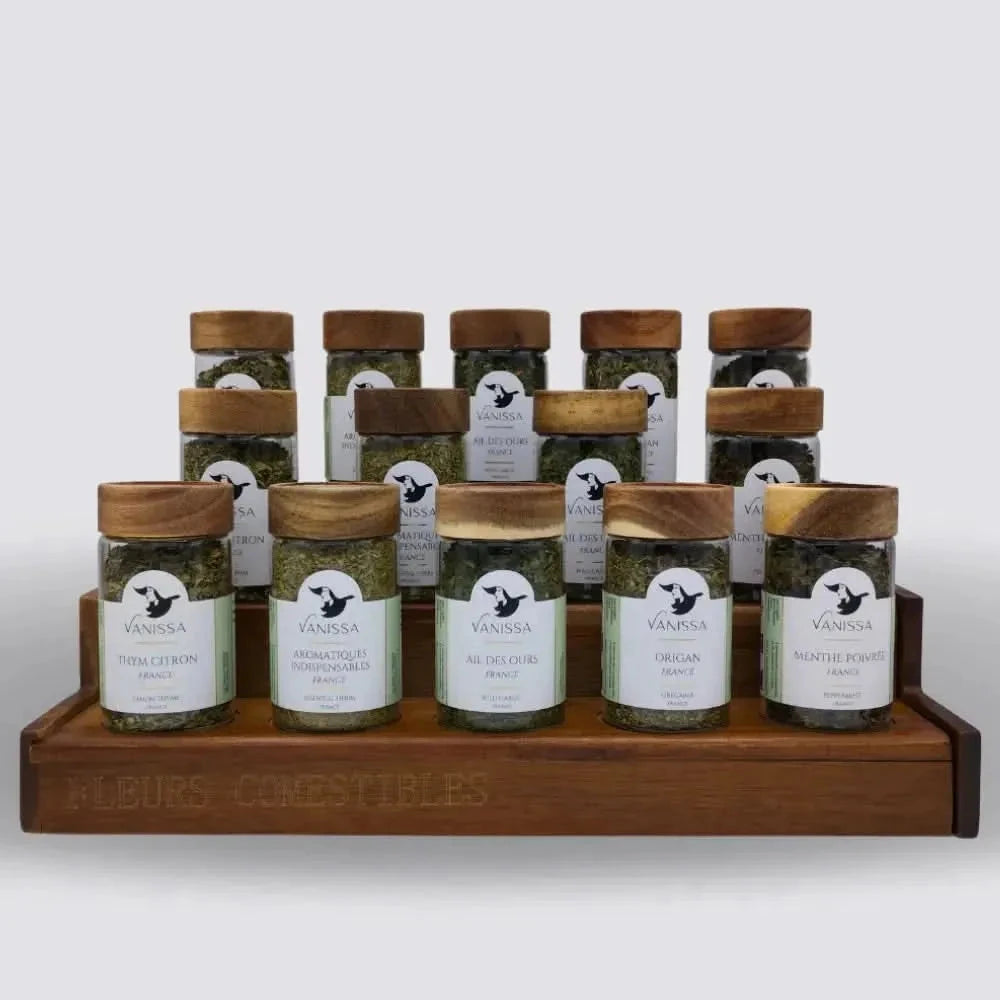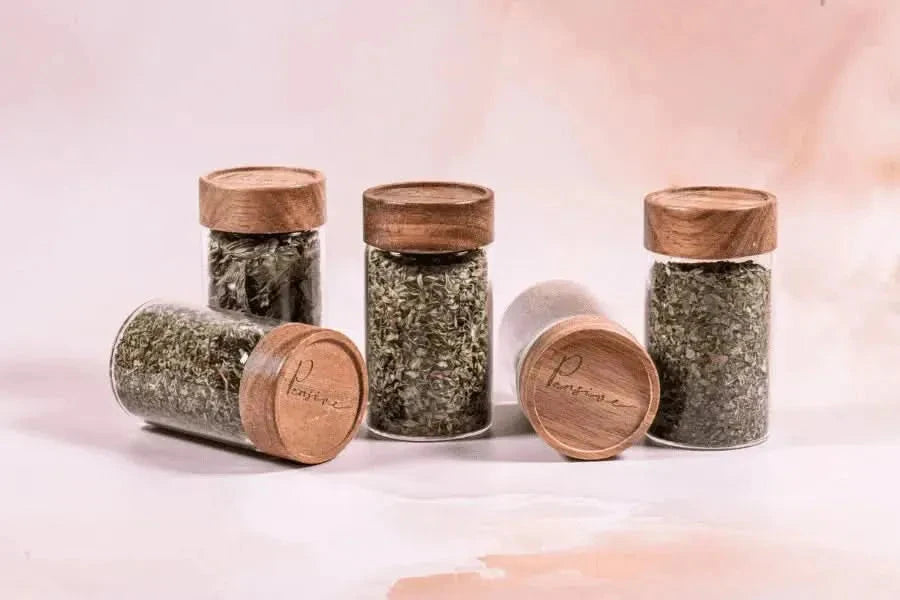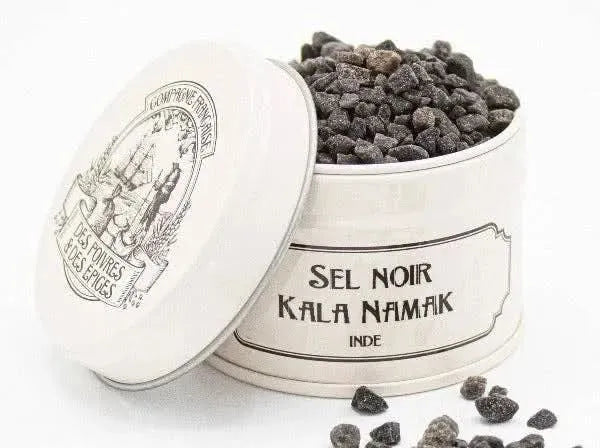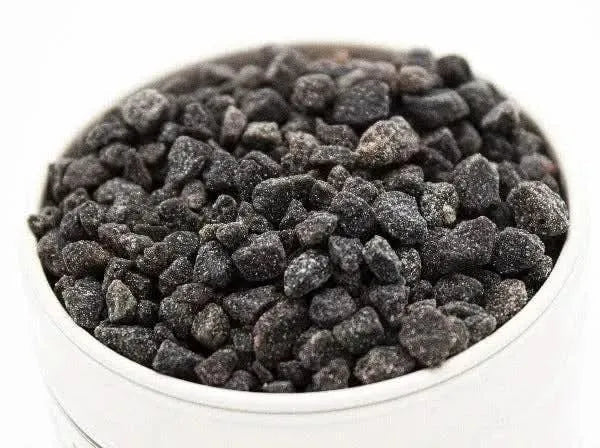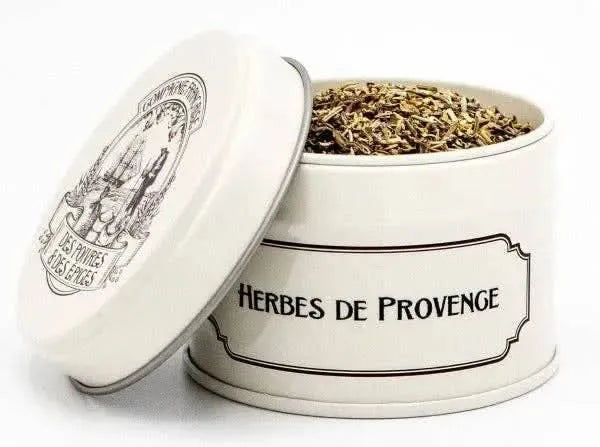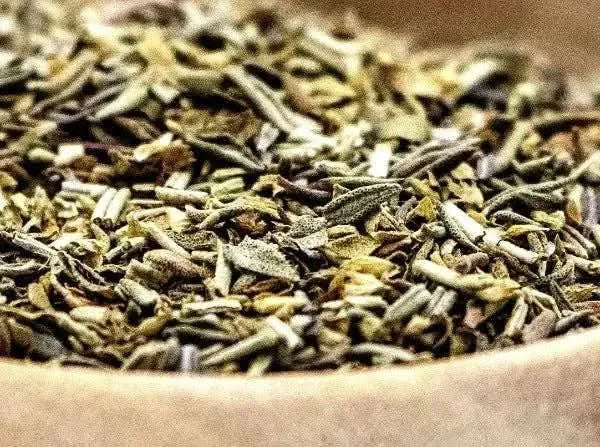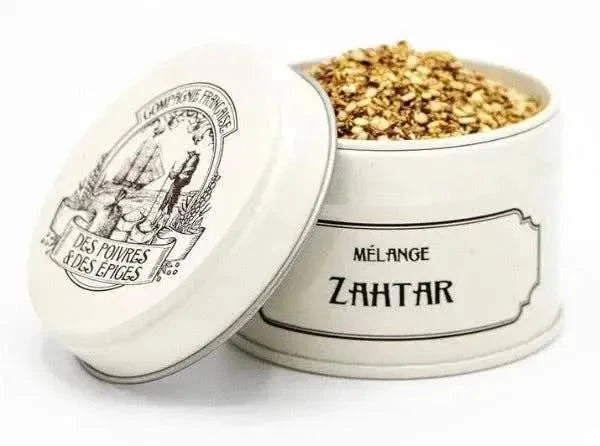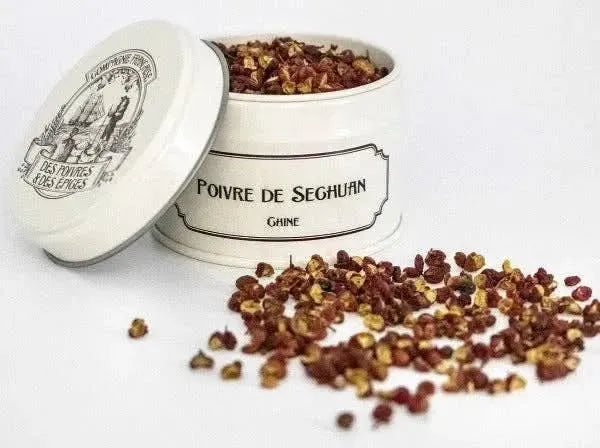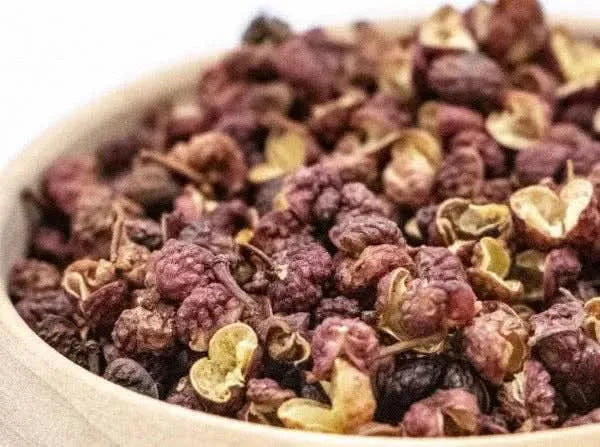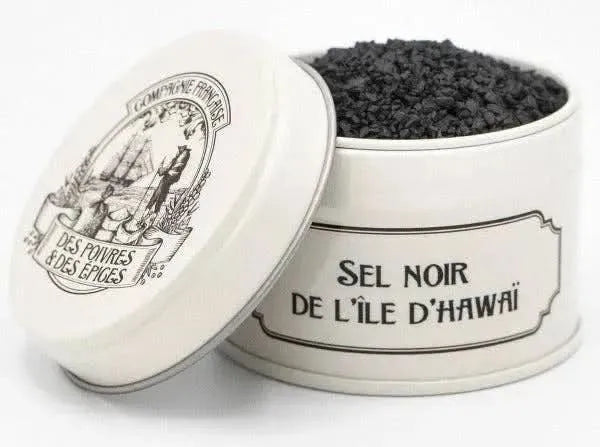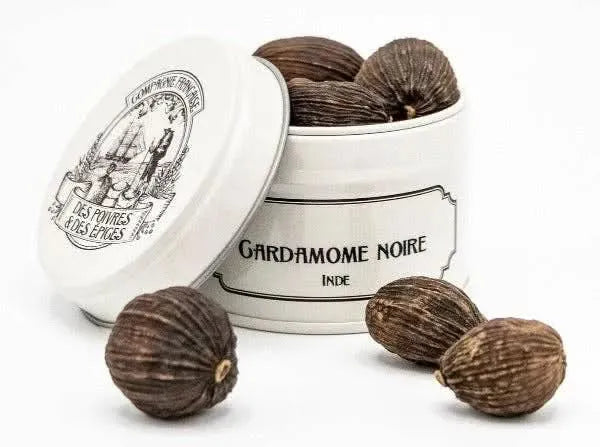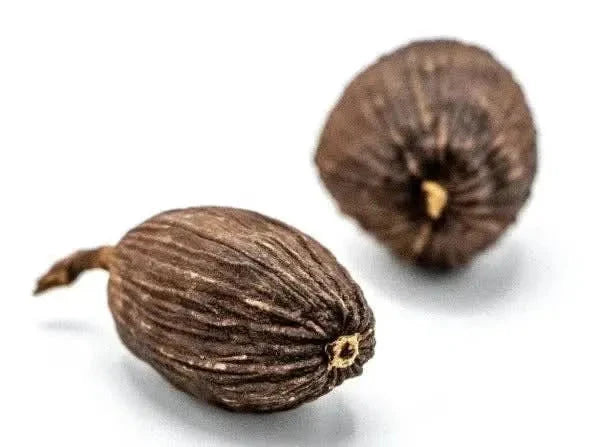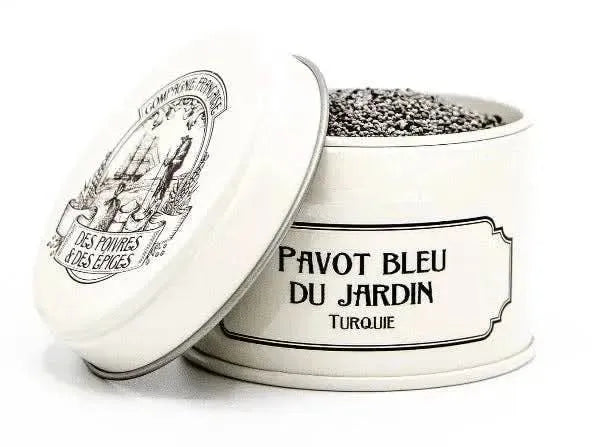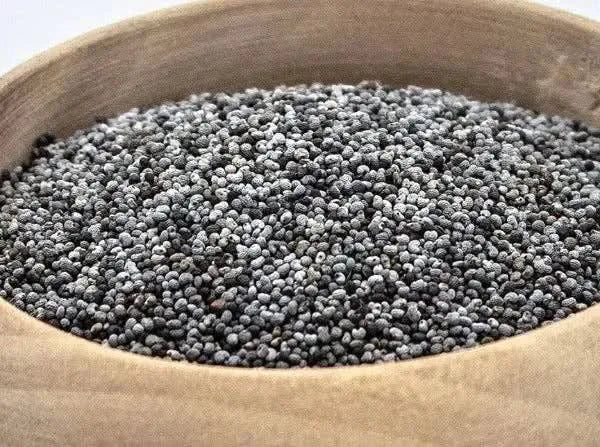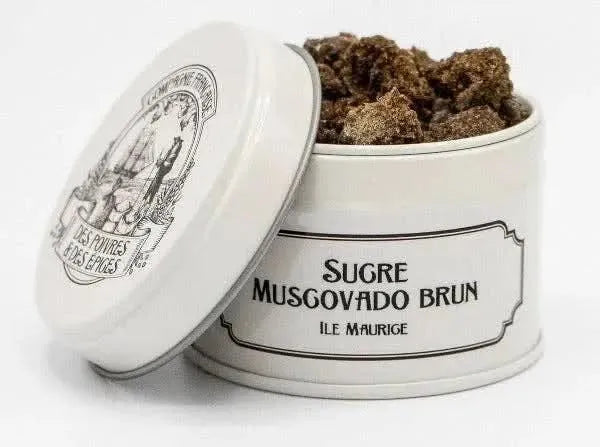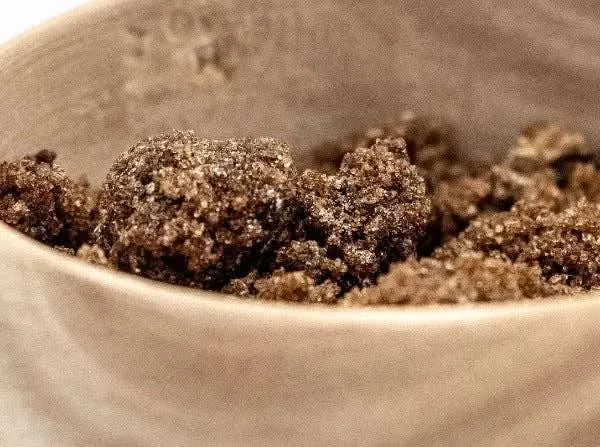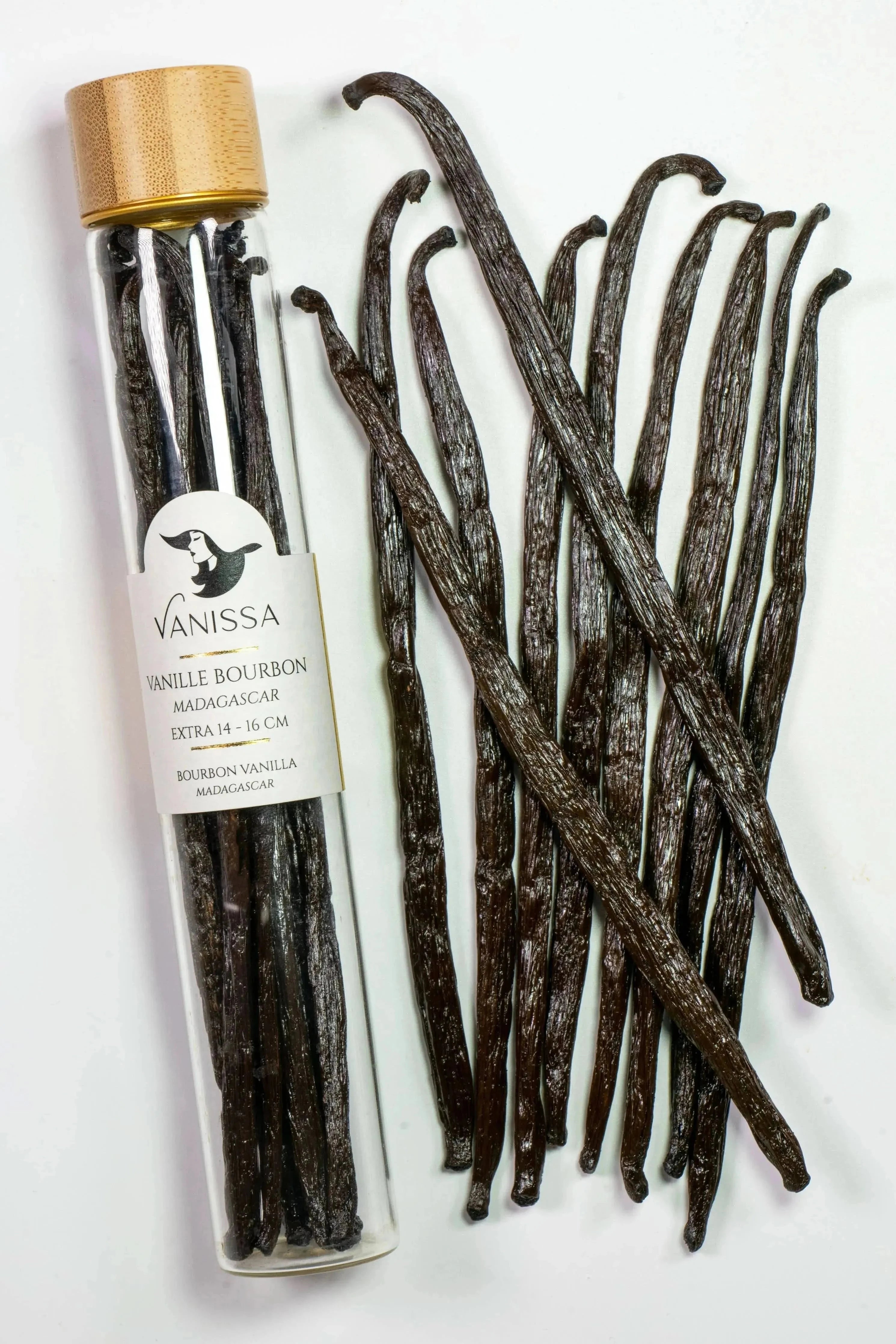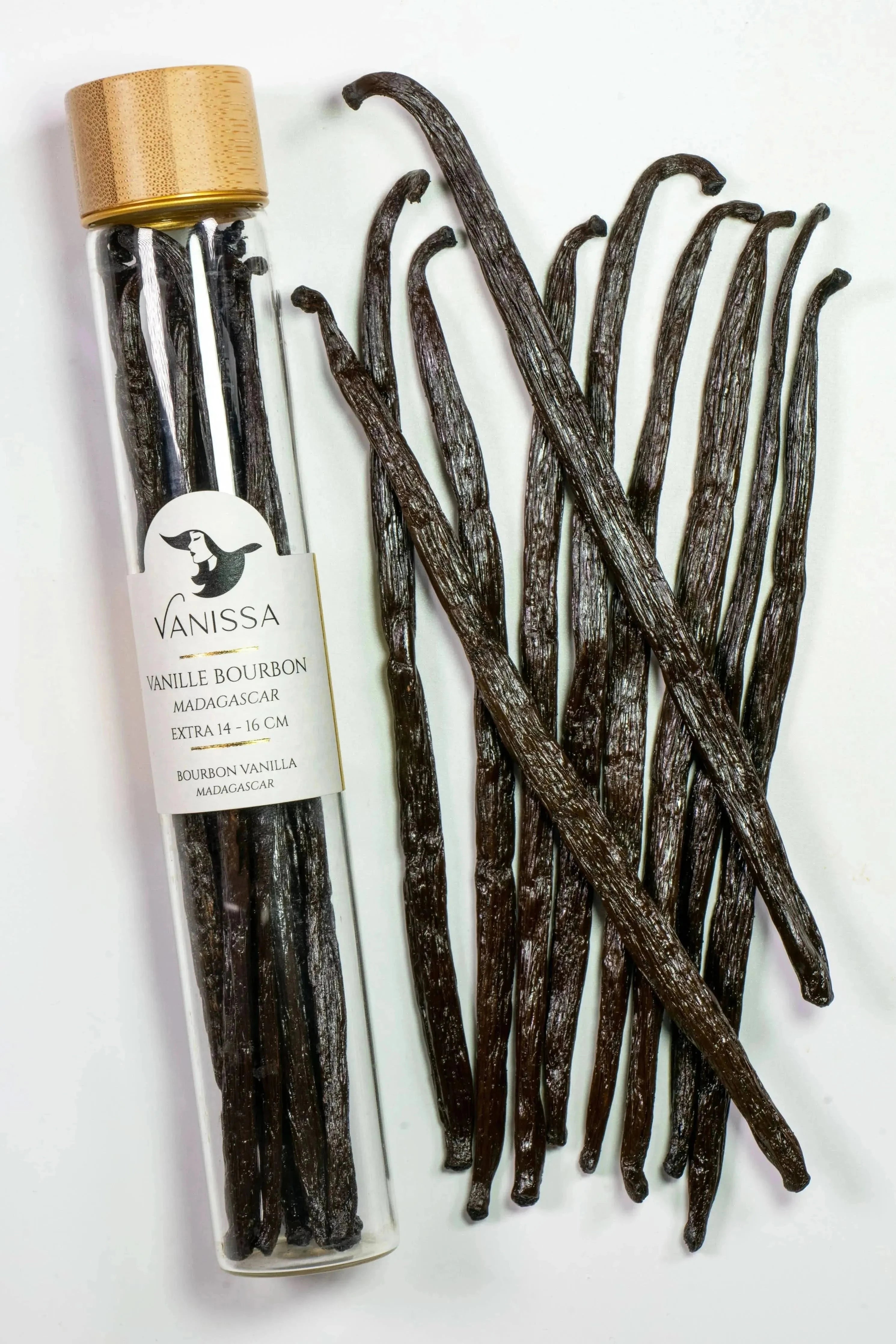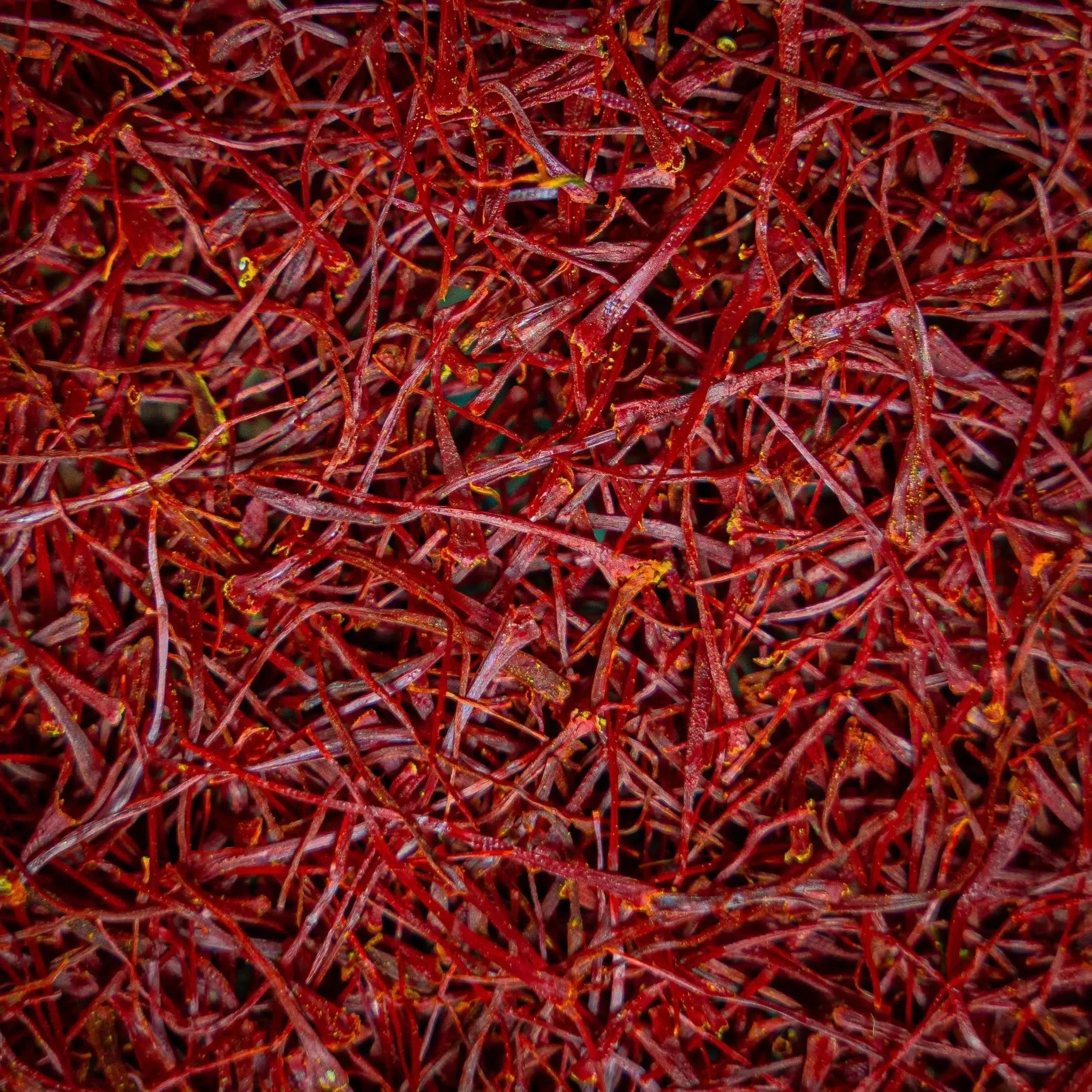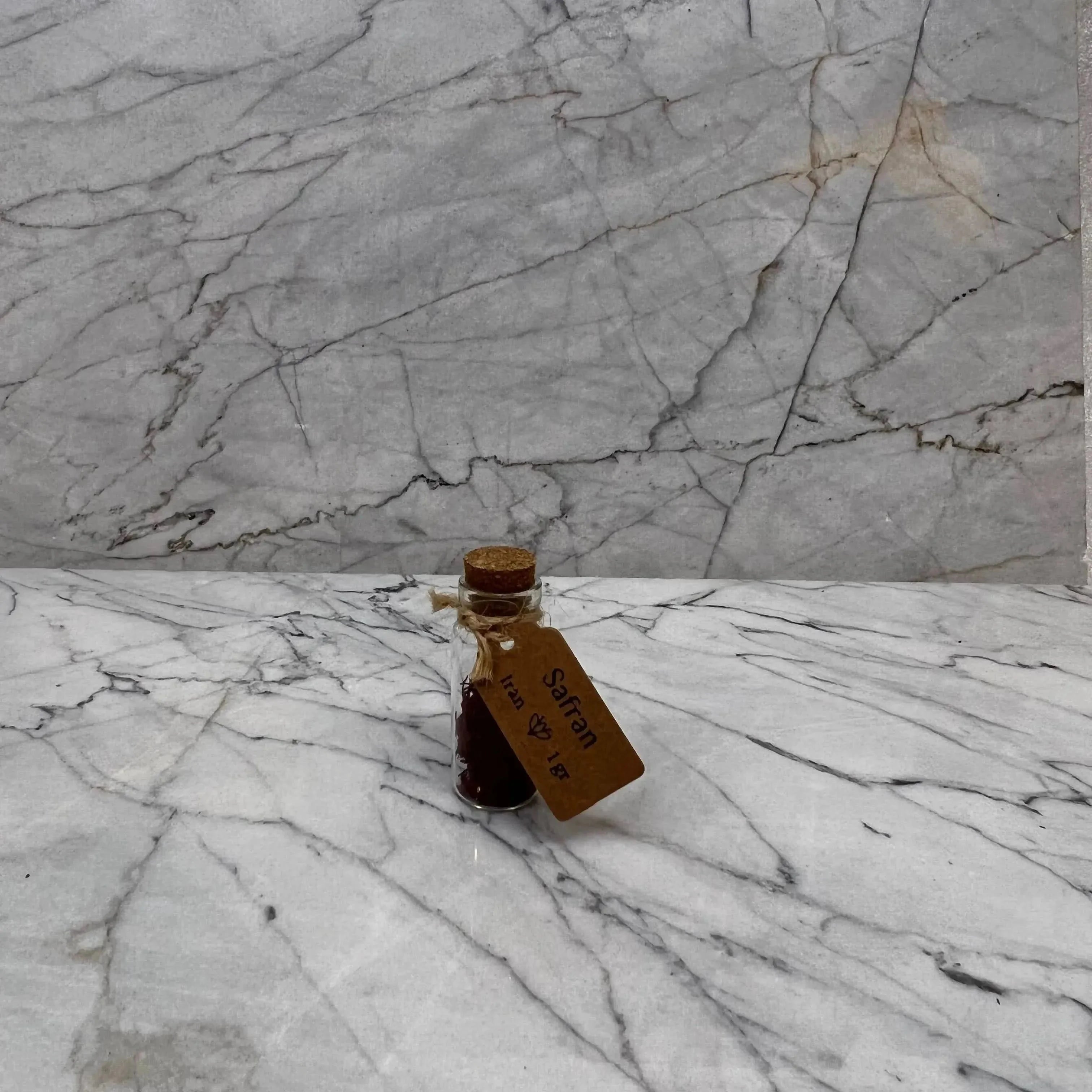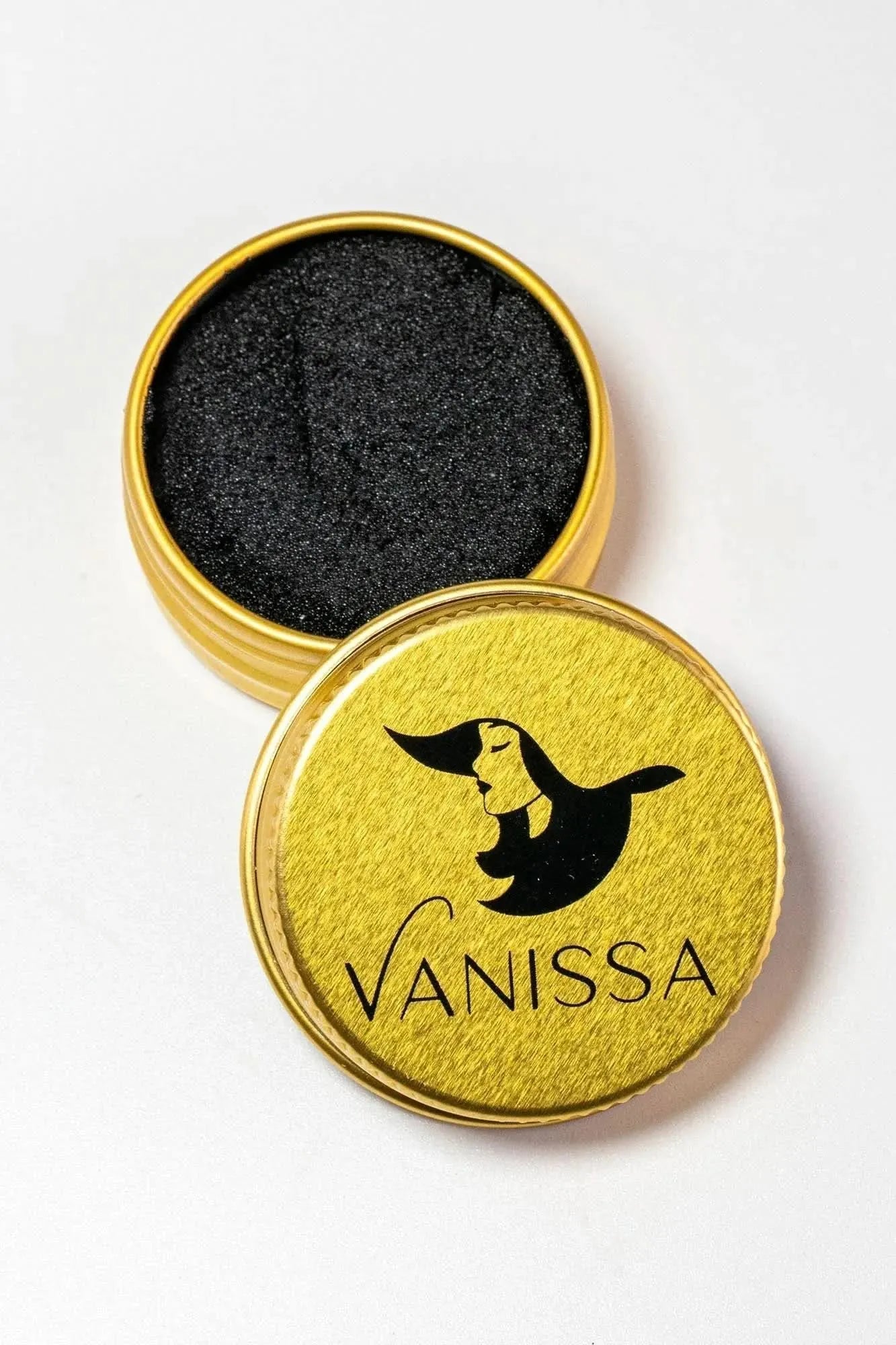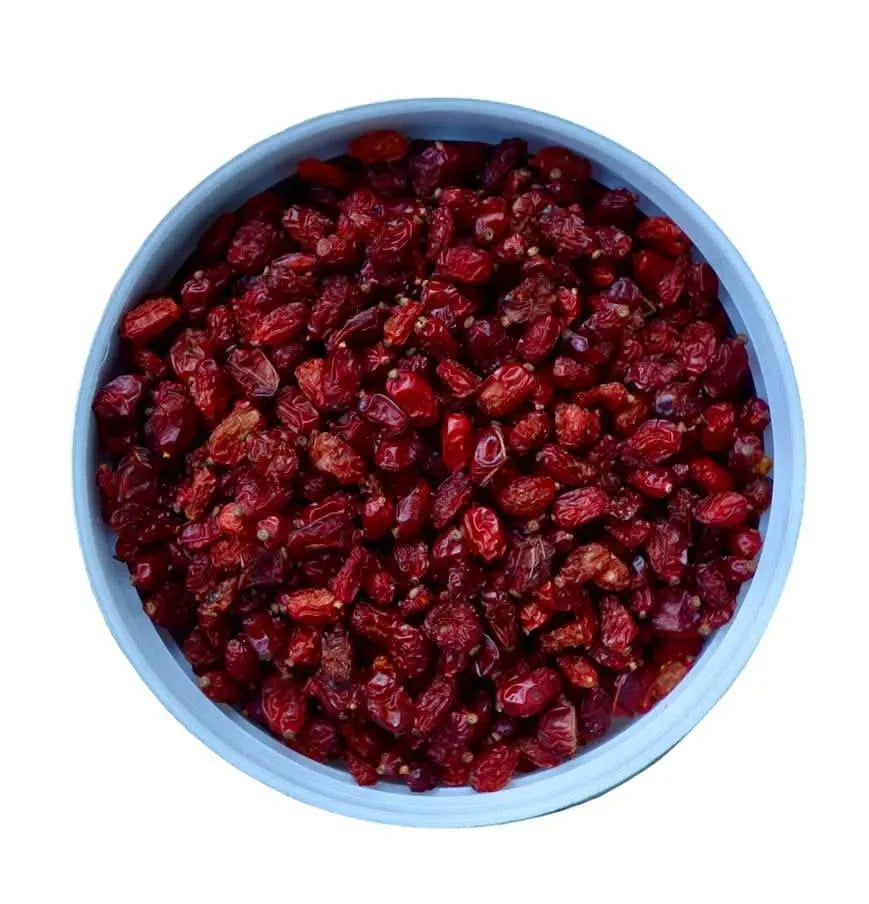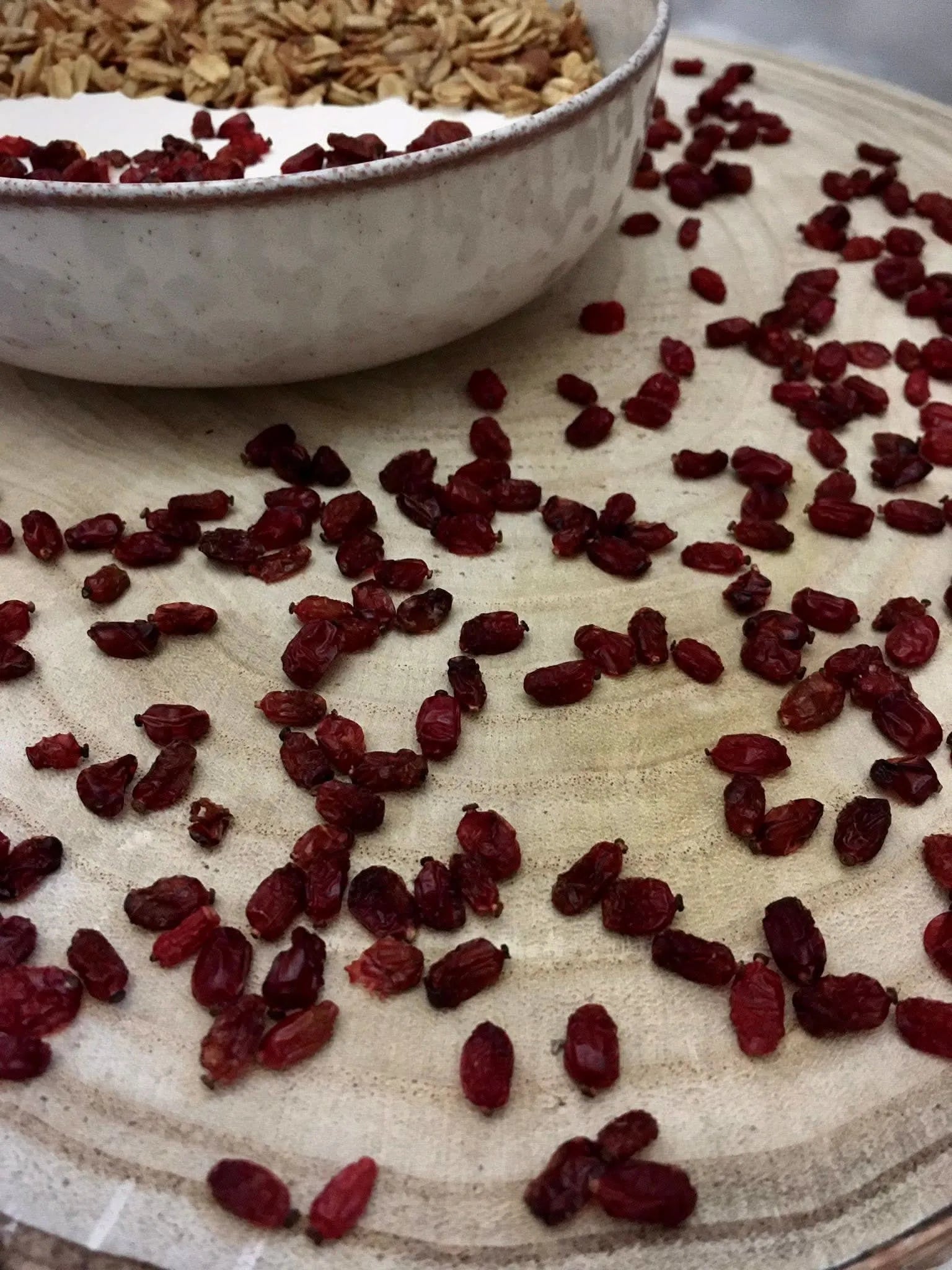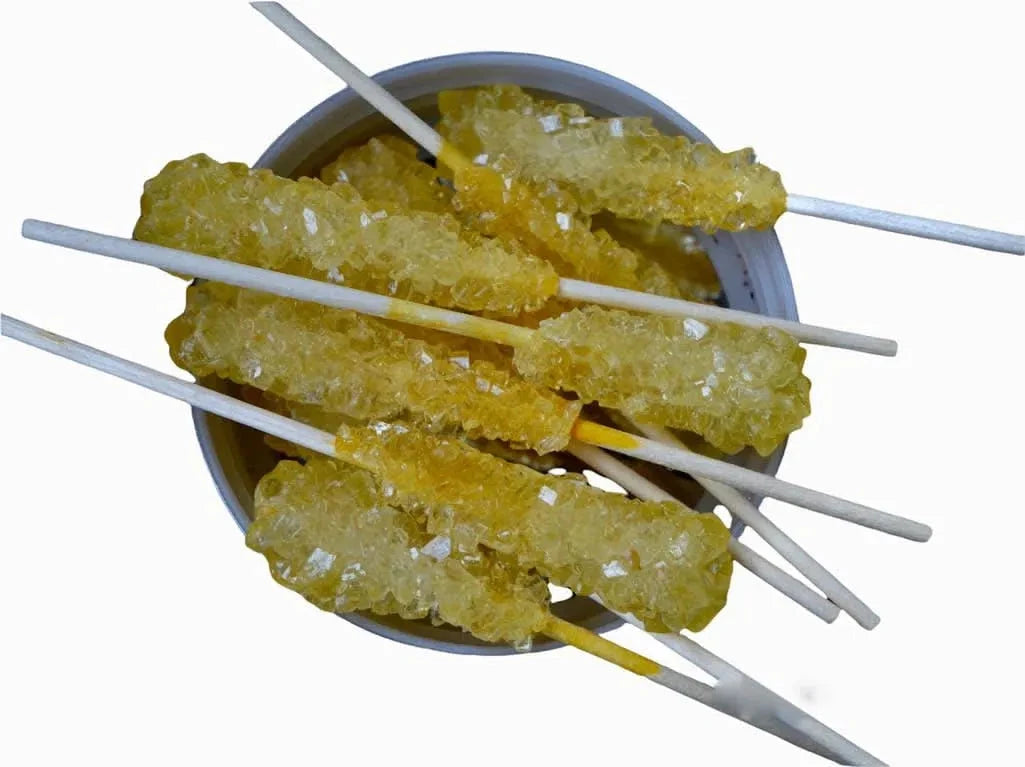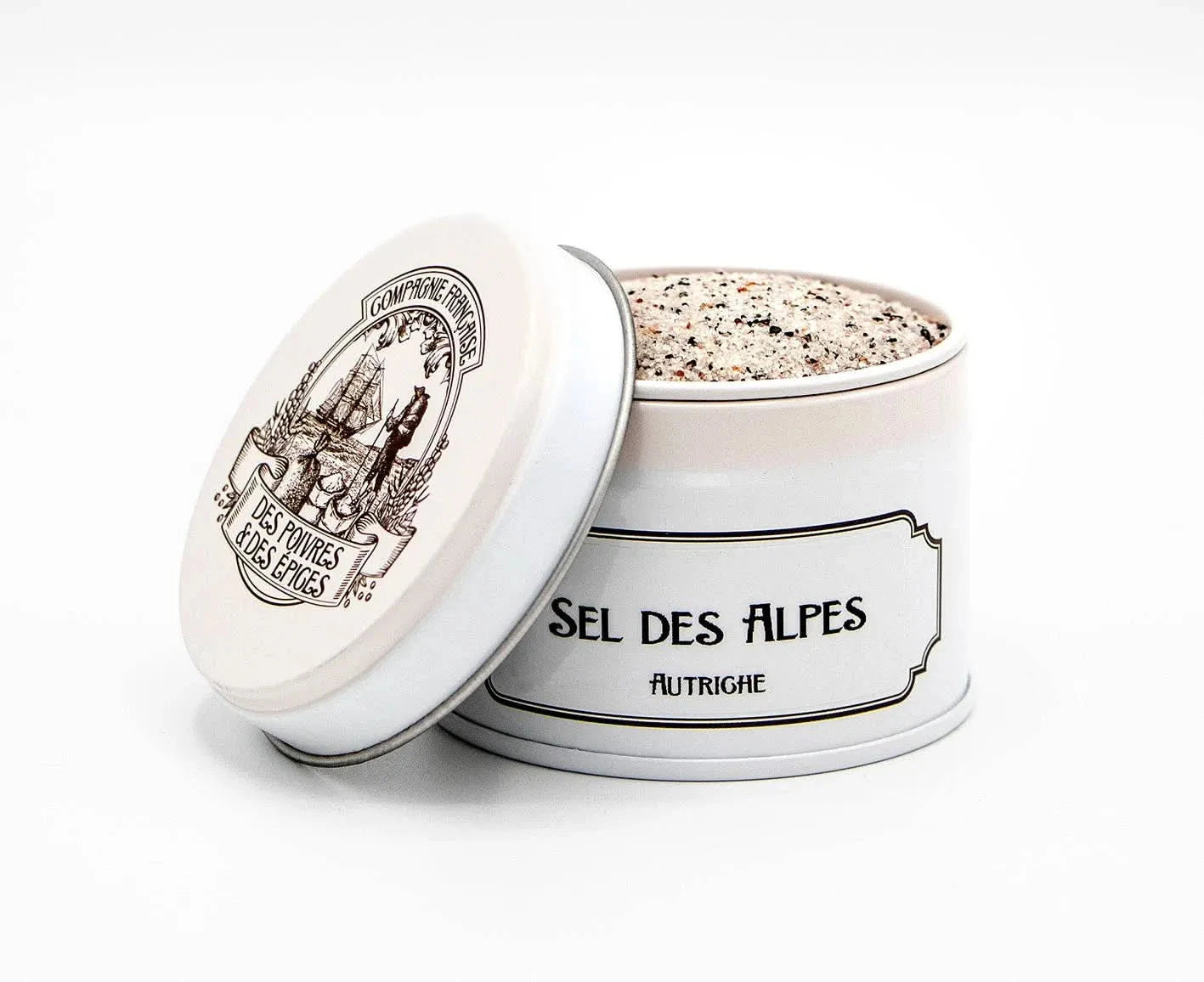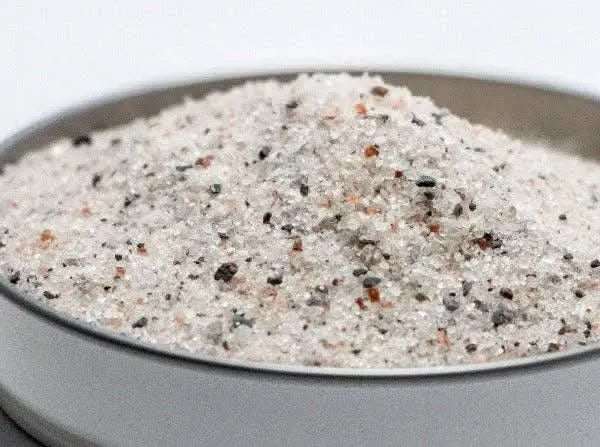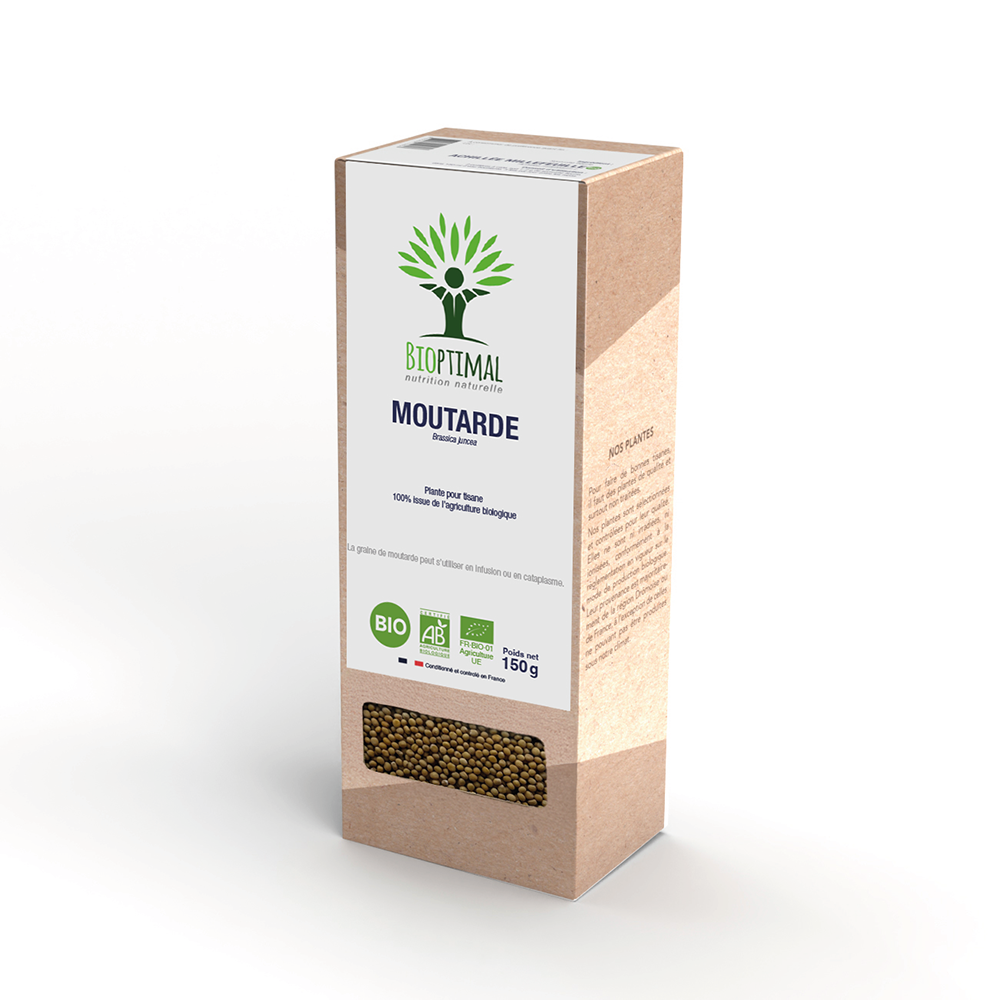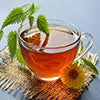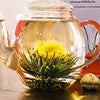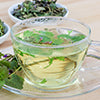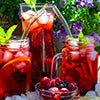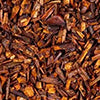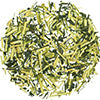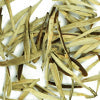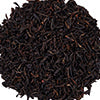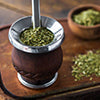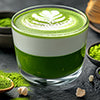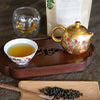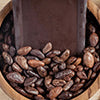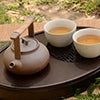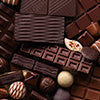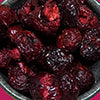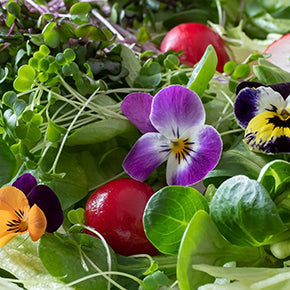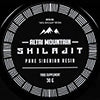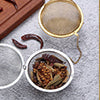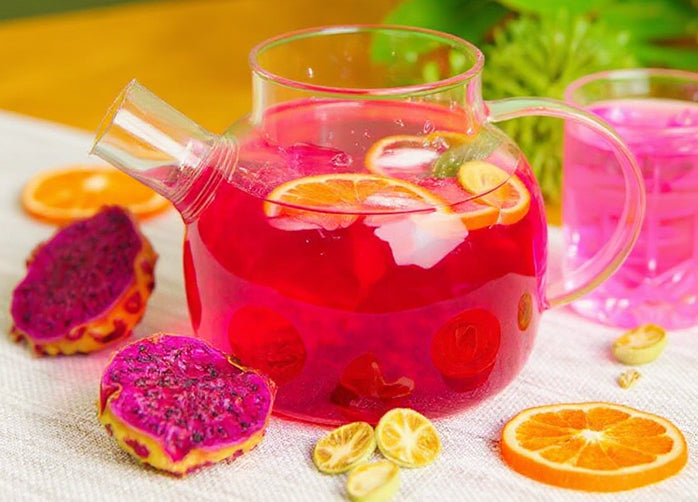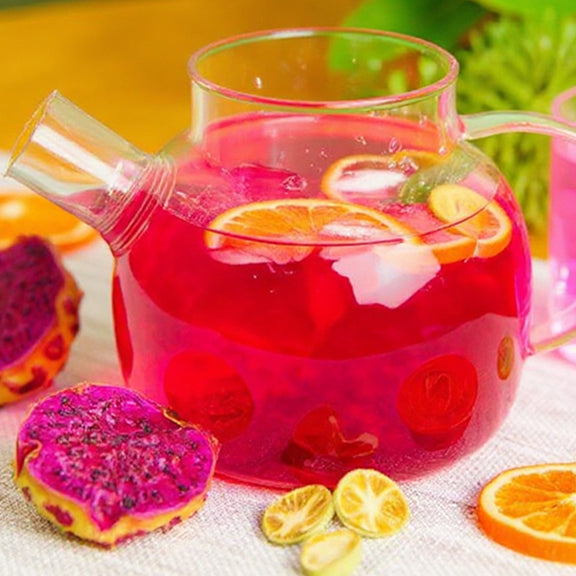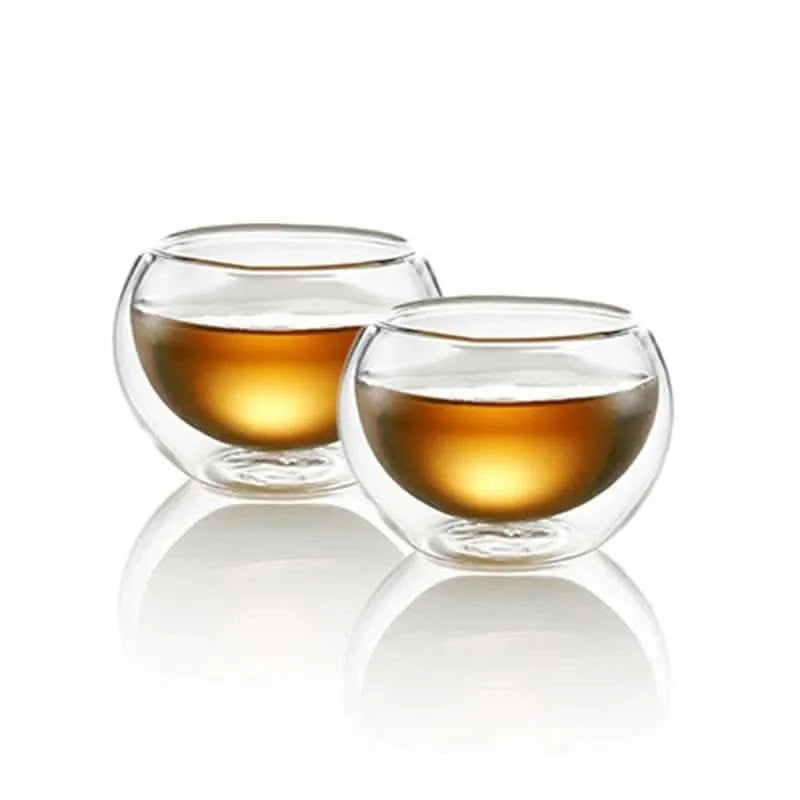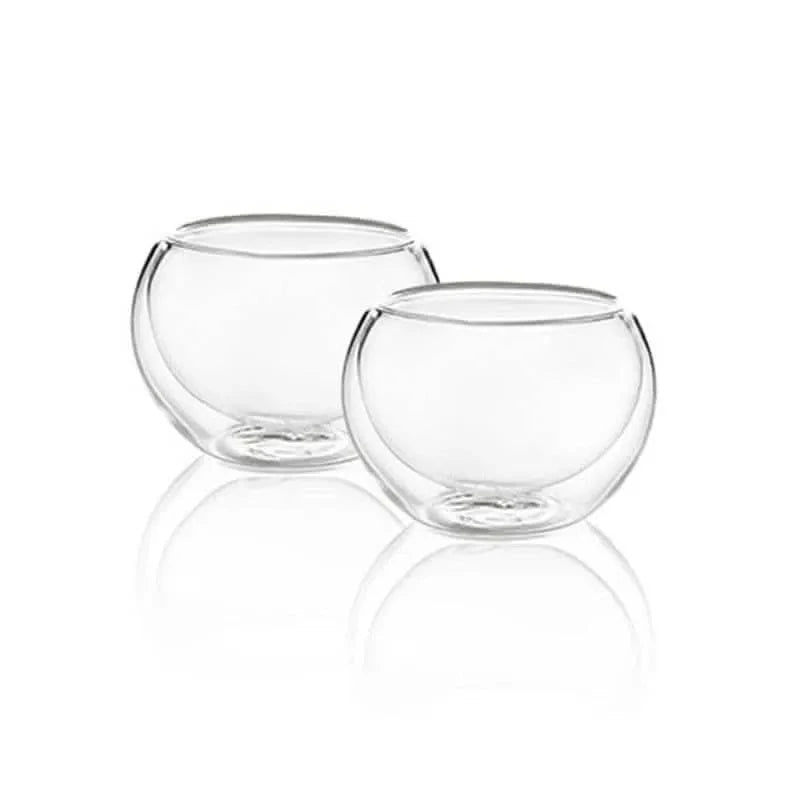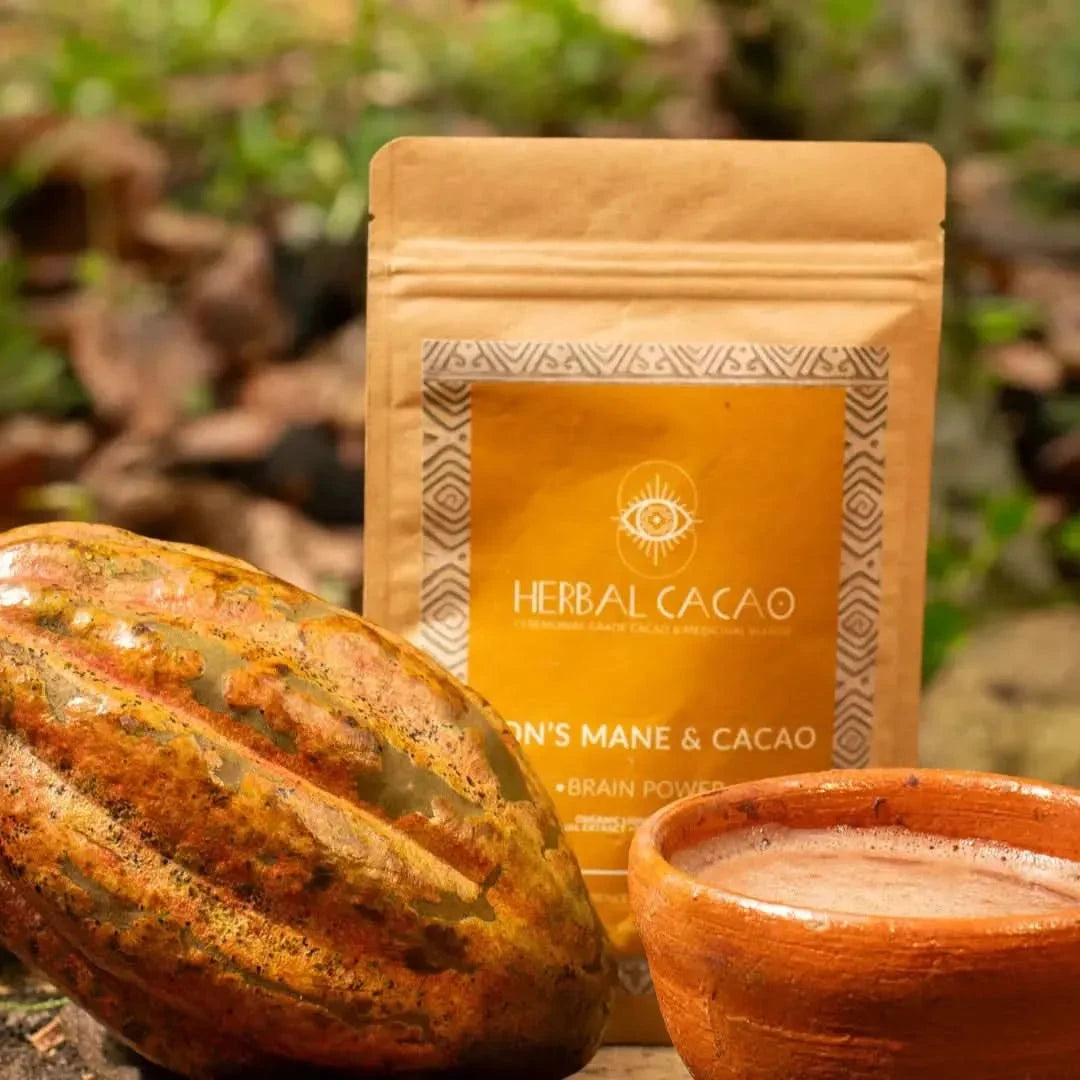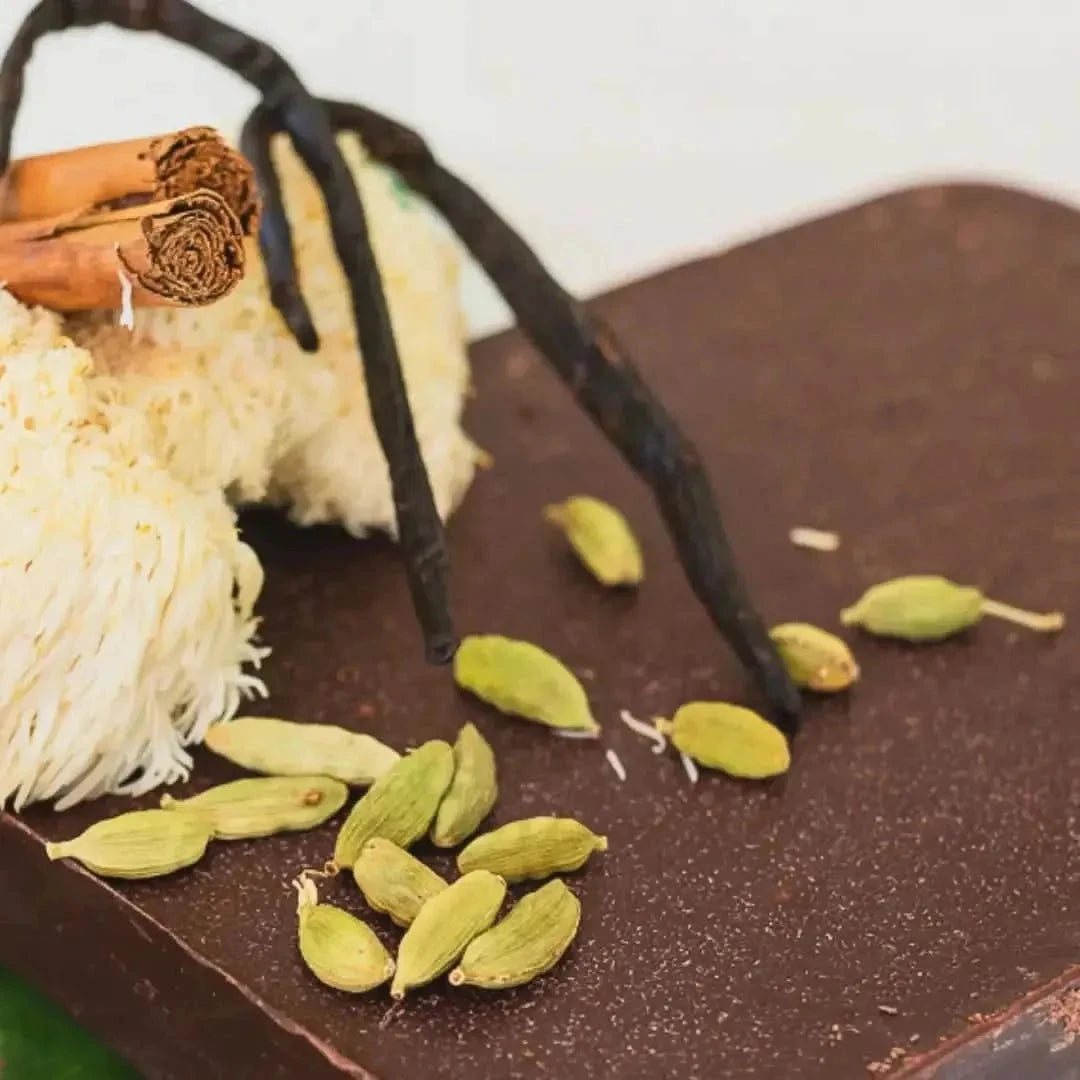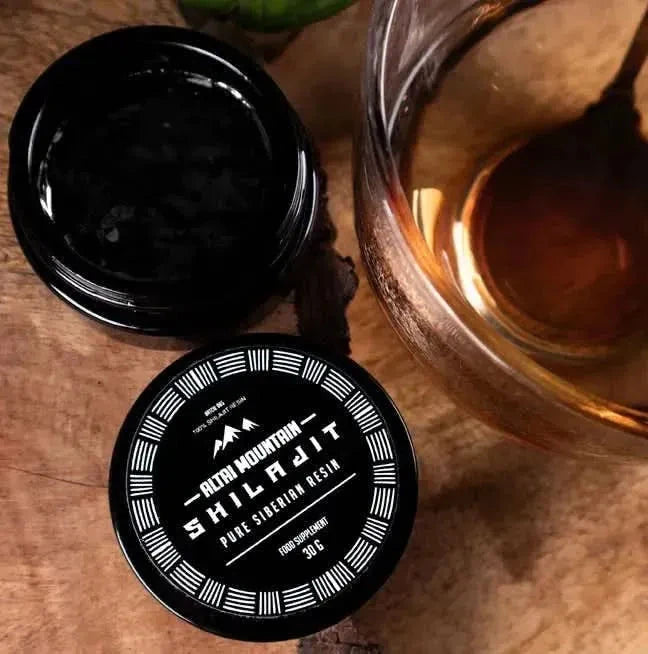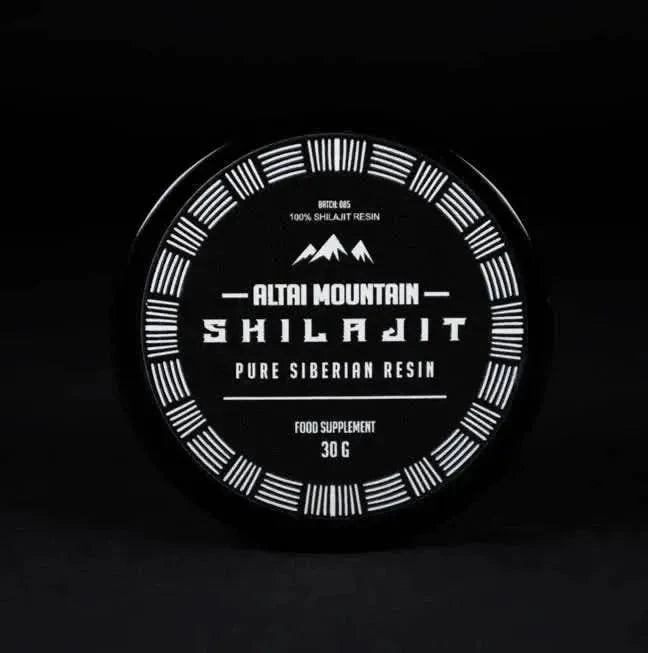Spices
Filter
Sort by:
Description
Spices Collection: Aromatic Plant Compounds for Culinary Excellence
Spices represent concentrated plant compounds derived from specific botanical parts including seeds, fruits, roots, bark, and flowers. Each variety undergoes specialized harvesting, drying, and processing methods to preserve volatile compounds and essential oils that provide distinctive flavors, aromas, and vibrant colors.
Botanical Classifications and Plant Origins
Culinary spices originate from diverse plant families across tropical and temperate regions worldwide. Harvesting techniques vary based on the plant structure, with rhizomes requiring excavation, seeds demanding precise maturity assessment, and bark collected through careful stripping methods. Premium spices maintain intact cellular structures that preserve aromatic compounds during processing and storage.
Production Methods and Quality Indicators
Quality spice production involves controlled drying processes that reduce moisture content to 8-12% while preserving essential oils. Color intensity, aromatic complexity, and uniform particle size indicate proper handling and processing. Premium varieties exhibit pronounced flavor profiles, minimal fillers, and verifiable origin certification.
Chemical Composition and Sensory Properties
Spices contain 1-5% essential oils by weight, comprising hundreds of distinct chemical compounds that provide their characteristic profiles. These compounds include terpenes, phenols, aldehydes, and alkaloids, contributing to both flavor development and physiological effects. The concentration and preservation of these volatile compounds directly correlate with a spice's aromatic intensity and culinary value.
Types
Essential Varieties in the Global Spice Trade
Rhizome and Root Spices: Underground Flavor Powerhouses
Ginger (Zingiber officinale) presents distinct geographic varieties including Jamaican (high oil content, mild heat), Indian Cochin (robust earthiness), and Japanese (delicate, young harvest). Premium grades exhibit minimal fiber, pronounced aromatic oils (1.5-3%), and consistent pale yellow interiors. Turmeric (Curcuma longa) varieties range from Madras (deep orange-red, 3-5% curcumin) to Alleppey (bright yellow, 6-7% curcumin), with quality assessed by color intensity, curcumin percentage, and essential oil content.
Seed Spices: Concentrated Flavor Vessels
Cumin (Cuminum cyminum) presents regional variations including Iranian (large seeds, intense aroma), Indian (earthier profile), and Mediterranean varieties (more delicate flavor). Premium cumin contains 2.5-4.5% essential oil by weight, primarily p-mentha-1,4-dien-7-al. Black mustard seeds (Brassica nigra) contain sinigrin, yielding allyl isothiocyanate when crushed and moistenedthe compound responsible for nasal pungency. Cardamom pods (Elettaria cardamomum) are classified as green (intense, complex flavor) or bleached (milder, whitened through chemical or sun treatment), with quality determined by pod size, oil content (4-7%), and intact seed retention.
Bark, Fruit, and Flower Spices: Structural Plant Components
Cinnamon varieties include Ceylon (Cinnamomum verum) featuring thin, layered bark with delicate flavor, and cassia (Cinnamomum cassia) presenting thicker bark with stronger, more pungent profiles. True cinnamon contains 1.5-4% essential oil dominated by cinnamaldehyde and eugenol. Black pepper (Piper nigrum) classifications range from Tellicherry (larger than 4.25mm, complex flavor) to Malabar (standard grade) and Vietnamese (higher moisture, more pungent). Cloves (Syzygium aromaticum) contain 15-20% essential oilthe highest percentage among common spiceswith 70-90% consisting of eugenol, which provides their distinctive aromatic profile and numbing effect.
Benefits
Bioactive Compounds and Physiological Effects
Anti-inflammatory Mechanisms and Pain Reduction
Turmeric contains curcumin (2-5% by weight) that inhibits inflammatory cytokines through NF-?B pathway regulation. Clinical studies demonstrate effectiveness comparable to diclofenac sodium for osteoarthritis when consumed at 1500mg daily dosages. Black pepper contains piperine (5-9%) that increases curcumin bioavailability by 2000% when combined at a ratio of 100:1. Ginger contains gingerols and shogaols that inhibit cyclooxygenase enzymes (COX-1 and COX-2), reducing prostaglandin synthesis similar to non-steroidal anti-inflammatory medications but with improved gastric tolerance. These compounds demonstrate effectiveness for menstrual discomfort and post-exercise recovery when consumed at 1-2g daily.
Metabolic Regulation and Glucose Management
Cinnamon contains water-soluble polyphenols that activate insulin receptors through autoregulation, improving glucose metabolism. Clinical research indicates consumption of 1-6g daily may reduce fasting blood glucose by 10-29% in type 2 diabetes patients. Fenugreek seeds contain galactomannan fiber (45-65%) that slows carbohydrate absorption through increased viscosity in the digestive tract. Compounds in cloves, particularly eugenol and acetyl eugenol, demonstrate alpha-glucosidase inhibition, potentially reducing post-meal glucose spikes when included in culinary preparations.
Antimicrobial Properties and Immune Support
Essential oils in oregano, particularly carvacrol and thymol (comprising 15-70% of total oil), demonstrate broad-spectrum antimicrobial activity against numerous bacteria, including antibiotic-resistant strains. Allicin in garlic exhibits antifungal properties against Candida species at concentrations achievable through regular dietary consumption. The antioxidant capacity of spices, measured by Oxygen Radical Absorbance Capacity (ORAC), shows cloves (290,283 units/100g), cinnamon (131,420), and oregano (175,295) significantly exceeding common fruits and vegetables, providing cellular protection against oxidative damage linked to chronic disease development.
Neurological Functions and Cognitive Health
Saffron's active compounds, particularly crocin and safranal, modulate dopamine and serotonin neurotransmission, with clinical studies demonstrating effectiveness comparable to low-dose pharmaceutical antidepressants at 30mg daily intake. Sage contains rosmarinic acid and carnosic acid that inhibit acetylcholinesterase, potentially enhancing cognitive function through increased acetylcholine availability. Black pepper's piperine enhances the absorption of curcumin and other beneficial compounds while also stimulating digestive enzyme production, enhancing overall nutrient bioavailability from meals.
Instructions
Preparation Techniques and Storage Requirements
Optimal Storage Methods for Potency Preservation
Store whole spices in airtight glass containers away from heat, light, and moisture at temperatures between 50-60°F (10-15°C) to maintain essential oil integrity. While whole spices retain peak potency for 2-4 years, ground spices begin flavor degradation after 6-12 months due to increased surface area exposure to oxygen. Refrigeration benefits seed spices like poppy and sesame by preventing rancidity of their natural oils but creates harmful condensation in most other varieties. Vacuum sealing extends shelf life by approximately 60% by eliminating oxygen exposure that degrades volatile compounds.
Grinding and Processing Techniques
Burr grinders operating at low speeds (below 15,000 RPM) minimize heat generation that can volatilize essential oils during processing. Cryogenic grinding, which utilizes temperatures between -50°C and -100°C, preserves up to 95% of volatile compounds compared to 40-60% retention with conventional methods. For maximum flavor extraction, grind spices immediately before use or combine whole spices with small amounts of cooking oil (blooming) before adding other ingredients to enhance fat-soluble compound distribution throughout dishes.
Toasting and Heat Application Methods
Dry-heat toasting at 300-325°F (150-165°C) for 2-3 minutes enhances flavor through Maillard reactions while making seed coatings more brittle for improved grinding. Oil-blooming involves heating ground spices in 1-2 tablespoons of cooking oil at 300°F (150°C) for 30-60 seconds until aromatic compounds are released but before browning occurs. Different spices require specific heating durations: cumin seeds (2-3 minutes until fragrant), cardamom pods (3-4 minutes until slightly swollen), and cinnamon (30-60 seconds to enhance sweetness without bitterness).
Infusion and Extraction Methodologies
Cold infusion techniques extract water-soluble compounds while preserving heat-sensitive elements. Allow spices to steep in room temperature liquid for 6-12 hours, with finer grinds requiring shorter durations. For oil infusions, maintain temperatures below 200°F (93°C) for 1-2 hours to extract flavor compounds without degradation. Alcohol-based extractions using 40-60% ethanol solutions effectively capture both water and fat-soluble compounds, creating concentrated flavor essences that maintain potency for 12-18 months when properly stored.
FAQs
